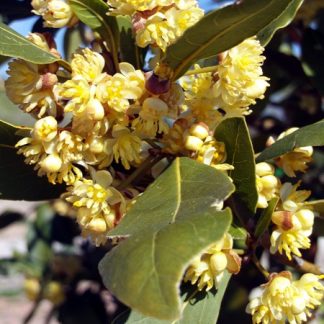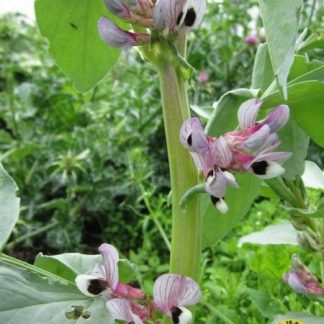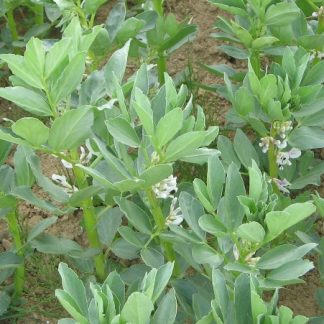Description
Fabaceae(family)
Forage for Pollinators: Produces Nectar for practically all Long and Short-tongued Bumblebees, including Honeybees. The nectar is so prolific and popular that even though the long-tongued bumblebee are the only ones able to feed from the front of the flower, short-tongued bumblebees will bite holes at the flower base (‘primary nectar robbing’) and honeybees will take advantage of these same holes (‘secondary nectar robbing’). Extrafloral nectaries are also to be found beneath the small leaf-like stipules indicated by two dark spots, and these secrete nectar in abundance starting two weeks before flowering and continuing right through the flowering season. In sunny weather, honeybees can store a large surplus from broad and field beans).
Flowering time: March, April, May, June, July
Growing information: ANNUAL FODDER CROP, able to stand on its own field-scale. Prefers medium to heavy soils (as drought-stress can be a problem on light soils) when Spring sown, at a drill depth of 60-80mm . However they can be sown as Winter beans on light sandy loam at a drill depth of 80-100mm deep. pH of 6.5-7 (alkaline) is essential. The three main diseases of the Faba Bean crop, namely Chocolate Spot, Ascochyta Leaf, Pod Spot, and Downy Mildew are all diseases of cool, wet, humid conditions, hence the importance of reasonable air circulation within the growing crop. Birds are the major threat to beans for the first few weeks after sowing, so proper sowing depth and making sure at drilling that the drill slot is firmed back down. Black Bean aphids appear in crops every season, but if you grow organically and have plenty of wild margins left uncut, there will be plenty of insects such as ladybirds and lacewings to control them.<br.
Sow spring beans any time from mid January – mid March (no later). Sowing rate should aim for up to 50 plants/m2 (on heavy soil to avoid moisture loss in summer, no more, as higher density will encourage disease. Sow on light soil for Winter beans from mid October – early November at plant density of 35 plants/m2 and row distance should be 25 – 45 cm depending on equipment used.





